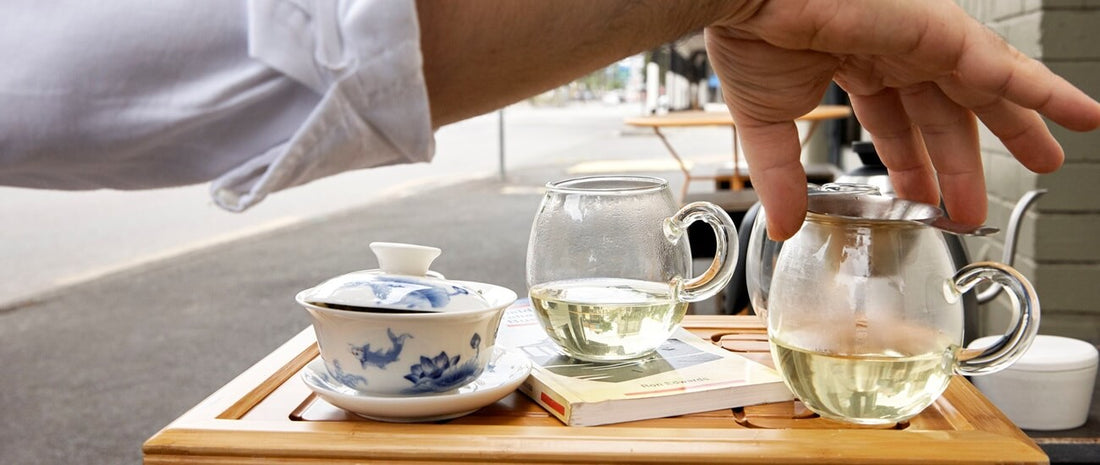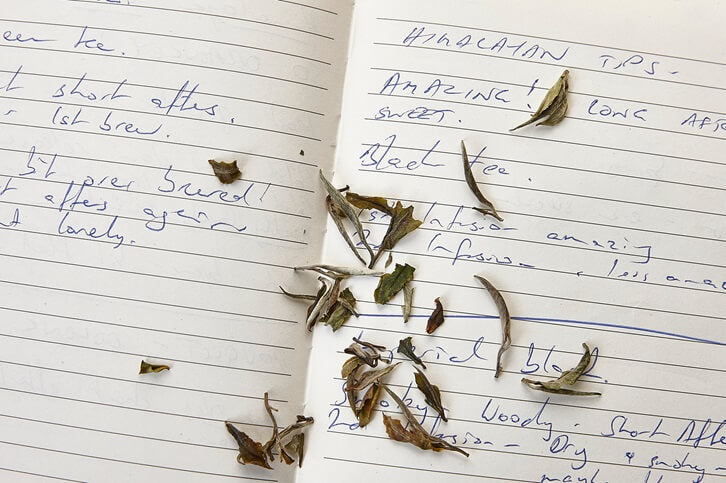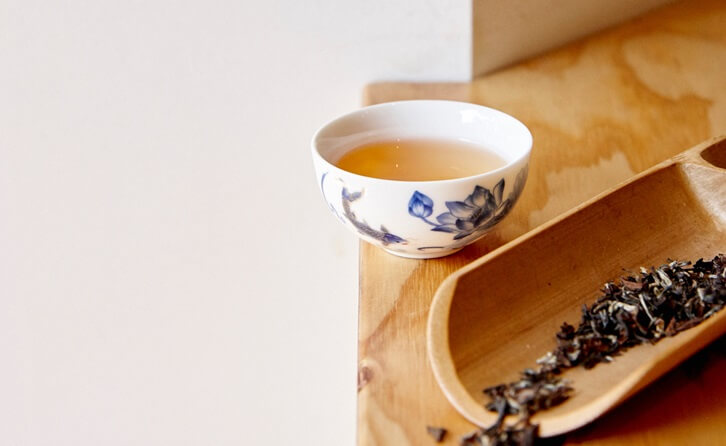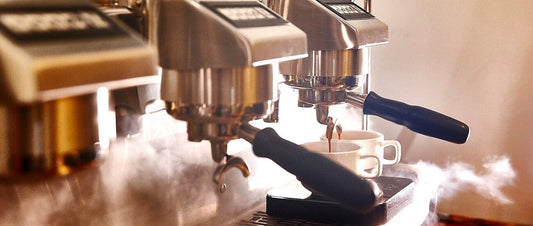
The Ultimate Guide to Tea Tasting: Developing Your Palate
Welcome to the enchanting realm of tea, where every sip speaks a language of its own. Embarking on a tea tasting journey is akin to unlocking a hidden world of sensory delights, one that can transform even the humblest tea drinker into a seasoned tea connoisseur.
We're here to guide you through the intricate tapestry of flavors and aromas, helping you develop a palate that appreciates the subtlest notes in your cup. Whether you're new to tea or looking to refine your tasting techniques, this guide will lead you down the path of discovery, revealing how to taste tea with expertise and enjoyment.
The Basics of Tea Tasting
Tea tasting is both an art and a science, one that begins with understanding the fundamentals. It’s about engaging all your senses to truly appreciate the complexity and depth each brew has to offer. Start with visual inspection; observe the shape, size, and color of the dried leaves, as they are precursors to the quality of your tea.
When steeped, the interplay of water and tea leaves reveals a choreography of flavor profiles in tea, unveiling a spectrum that ranges from grassy freshness to deep, malty richness. Developing your tea tasting notes starts here, with observation and anticipation.

Setting Up Your Tea Tasting Environment
The environment you choose for tea tasting can significantly affect your ability to discern and enjoy the various flavor profiles in tea. Ensure your space is free from overpowering odors and distractions. Use clean, neutral teaware to avoid adding unintended flavors to your brew. The water quality is paramount, as it is the medium that translates the tea leaf into the infusion.
Begin with a state of mindfulness, allowing your senses to focus solely on the tea tasting experience. This preparation sets the stage for a more profound sensory journey and more accurate tea tasting notes.
The Stages of Tea Tasting
The ritual of tea tasting unfolds in stages, inviting you to explore each aspect with care. Begin with the visual allure of the liquor's hue, a precursor to the symphony of tastes. Inhale deeply, letting the steam carry the tea's aroma to you, an appetizer for the palate.
With the first sip, let the tea wash over your tongue slowly, covering every taste receptor. Is it brisk, astringent, sweet, or smooth? Notice the mouthfeel – is it thick and coating or light and cleansing? These initial impressions form the backbone of your tea tasting techniques and lay the groundwork for deeper exploration.
Mastering the Flavor Wheel
One of the most captivating tea tasting techniques is learning to navigate the flavor wheel. It's a tool that helps broaden your descriptive vocabulary and hones your ability to identify specific flavors. From the grassy and vegetal to the floral and fruity, the flavor wheel encompasses the vast array of flavor profiles in tea.
As your palate becomes more attuned, you'll start to discern the subtle differences that distinguish a Chamomile from an Assam, or a Dragonwell from a Rooibos. This mastery is crucial for anyone aiming to become a tea connoisseur.
Developing Your Palate
Palate development is a gradual process that requires patience and practice. It's about building a sensory memory bank, where you catalog various flavor profiles in tea, allowing you to draw comparisons and recognise nuances over time. Start by sampling a wide range of teas, taking meticulous notes on their characteristics. Over time, these notes will become your personal dictionary of tea flavors.
It’s also essential to taste mindfully – sip slowly, reflect deeply, and savor each moment. This practice will sharpen your tea tasting notes and enhance your overall sensory appreciation.

The Role of Cultivars and Origins
Tea is a global tapestry, woven with different cultivars and origins, each contributing to unique flavor profiles in tea. The same tea plant, Camellia sinensis, can yield a myriad of tastes depending on where it's grown and how it's processed. The mineral-rich soils of high mountain tea farms, the misty expanse of a Chinese valley, or the tropical climes of an Indian estate – all imprint their signature on the leaf.
By understanding these subtleties, you build not only your tea tasting techniques but also a deep respect for the craft and culture of tea making.
Advanced Tea Tasting Techniques
Once the foundation is laid, it's time to experiment with advanced tea tasting techniques. Explore different brewing times and temperatures, and notice how they change the flavor profiles in tea. Learn the art of 'slurping' – aerating the tea across your palate to amplify its taste and aroma. Although it may seem unusual, tea tasters around the world highly respect this method for fully bringing out a tea's flavors.
Blind Tea Tasting Practices
Blind tea tasting is a thrilling challenge that can significantly enhance your tasting skills. By removing visual cues, you rely solely on your palate and nose to identify the tea. This practice not only tests but also trains your sensory recall, helping you become a true tea connoisseur. Gather a variety of teas, cover their labels, and let your senses dive into the deep end.

Common Tea Tasting Myths Debunked
A common myth is that only loose leaf teas are of high quality, but the truth is you can find great tea in both loose leaf and tea bag forms. Another is that older tea is better; while some teas, like wine, improve with age, most are best enjoyed fresh. As you delve deeper into tea tasting, you'll learn to separate myth from fact, developing a more nuanced understanding of this ancient beverage.
From Amateur to Connoisseur
The journey from amateur sipper to tea connoisseur is a path paved with patience, experience, and constant learning. Surround yourself with a community of fellow tea enthusiasts, attend tastings, and never stop exploring. With each cup, your palate will grow more sophisticated, your tea tasting notes more detailed, and your love for tea more profound.
Conclusion
Developing your palate for tea tasting is a journey of discovery that never truly ends. Each cup offers a new story, a different landscape, and an invitation to explore. Bruce Tea & Coffee is here to accompany you on this voyage, offering guidance, insight, and a treasure trove of teas to awaken your senses. So brew another cup, take a deep breath, and prepare to deepen your relationship with this timeless elixir.




